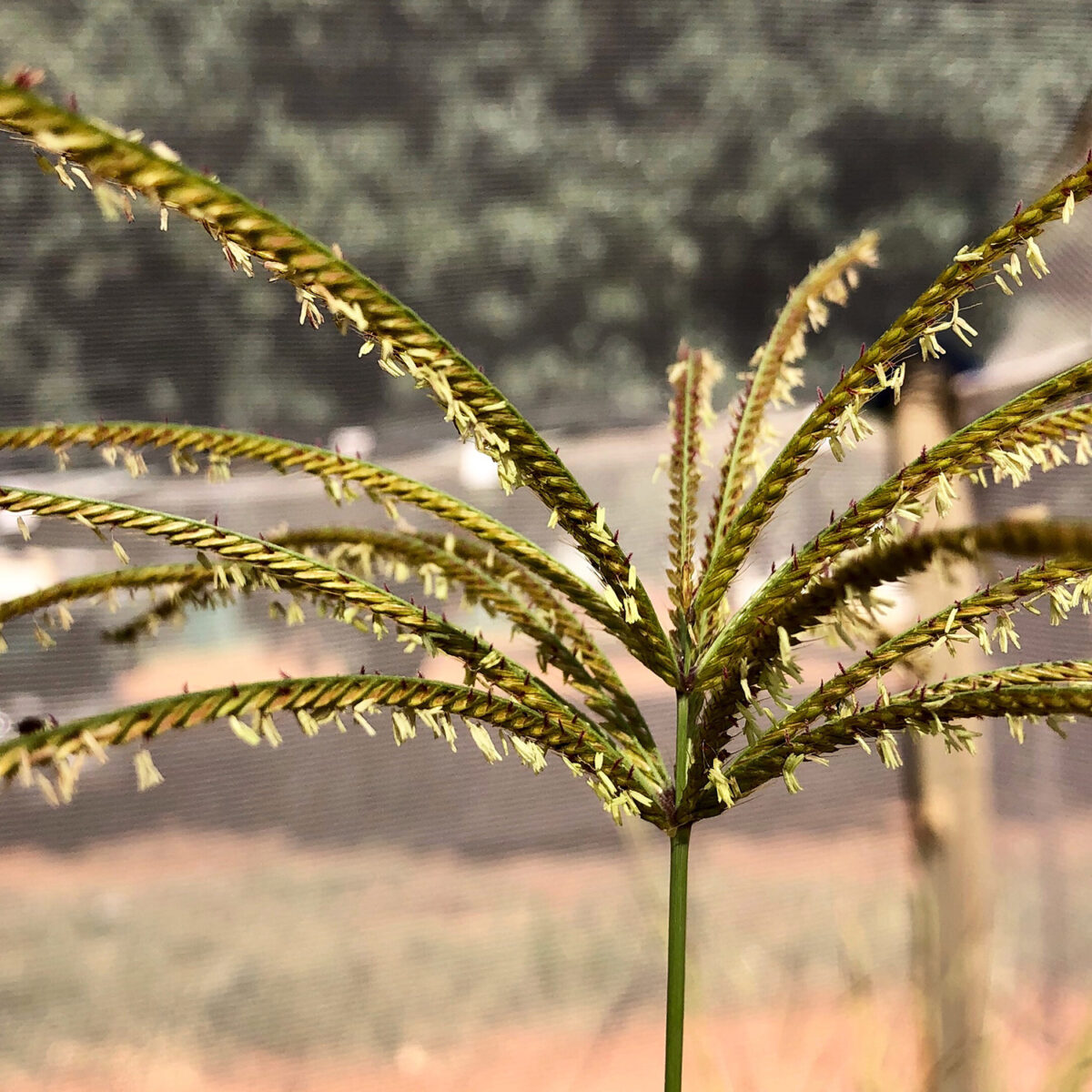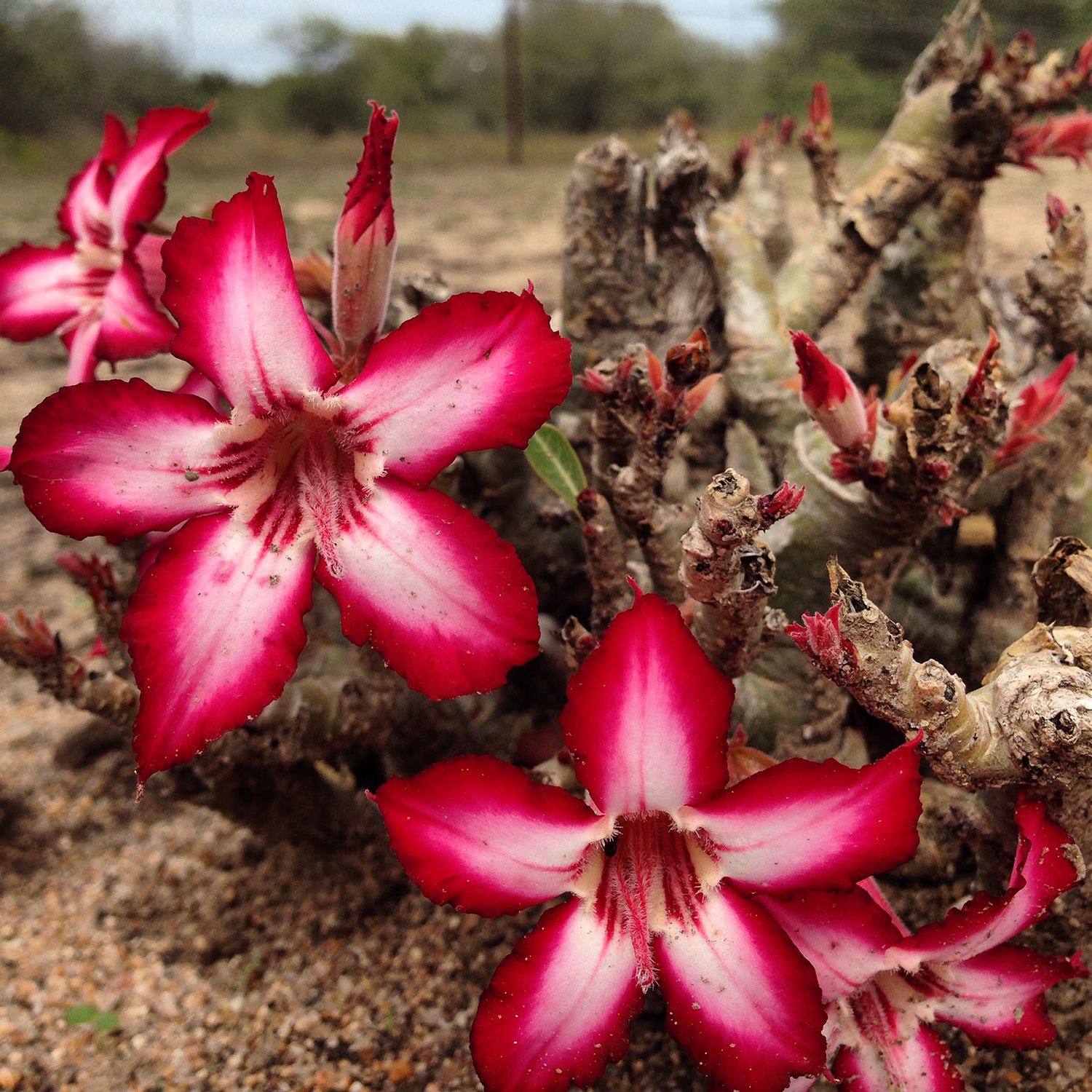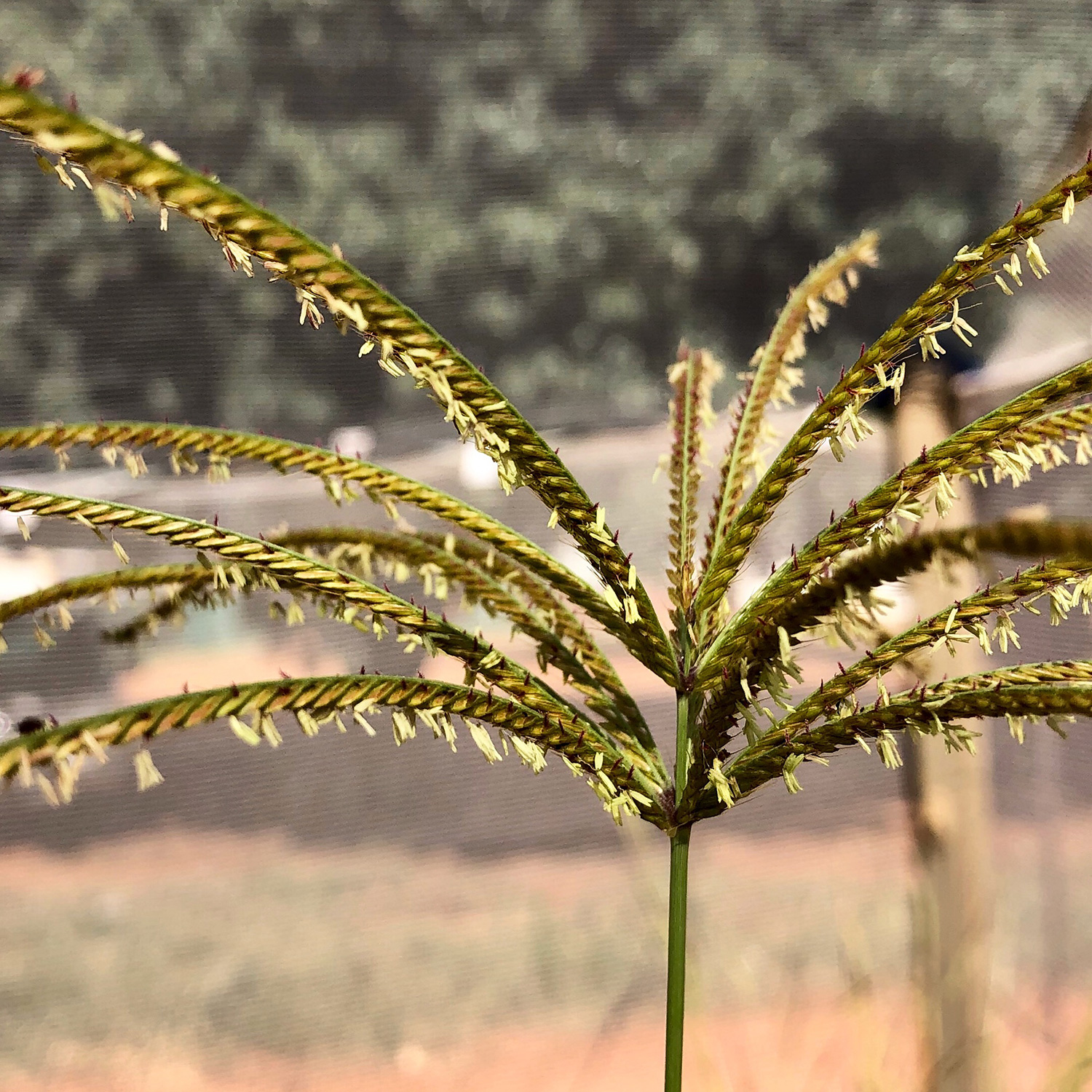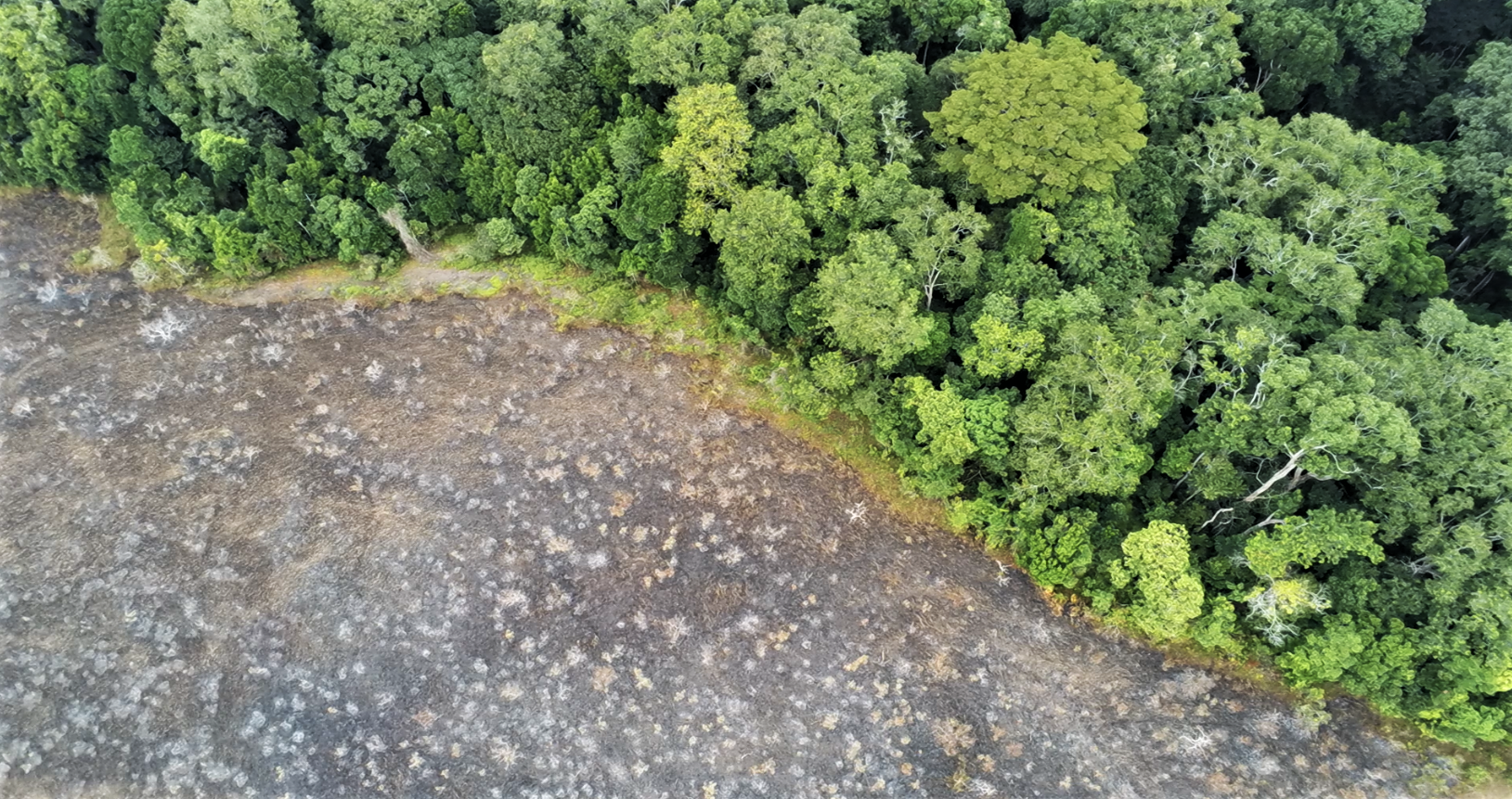What are open ecosystems?
The world’s savannas, grasslands and shrublands are open ecosystems characterised by a continuous ground-layer of grasses, with no or low tree cover. In some environments, trees along with herbs and shrubs can be supported. The composition and structure of vegetation is closely associated with wider environmental conditions. Disturbances by fire and animals have been crucial natural processes associated with the evolution and maintenance of open ecosystem dynamics globally.
Where are open ecosystems?
Savannas and grasslands cover more than half of Earth’s land surface area, ranging across tropical, subtropical, and temperate realms. Open ecosystems therefore encompass a great diversity of landscapes and vegetation.
Map credits: Keith, David A., Ferrer-Paris, Jose R., Nicholson, Emily, & Kingsford, Richard T. (2021). Indicative distribution maps for Ecosystem Functional Groups – Level 3 of IUCN Global Ecosystem Typology (2.1.1) [Data set]. Zenodo. https://doi.org/10.5281/zen
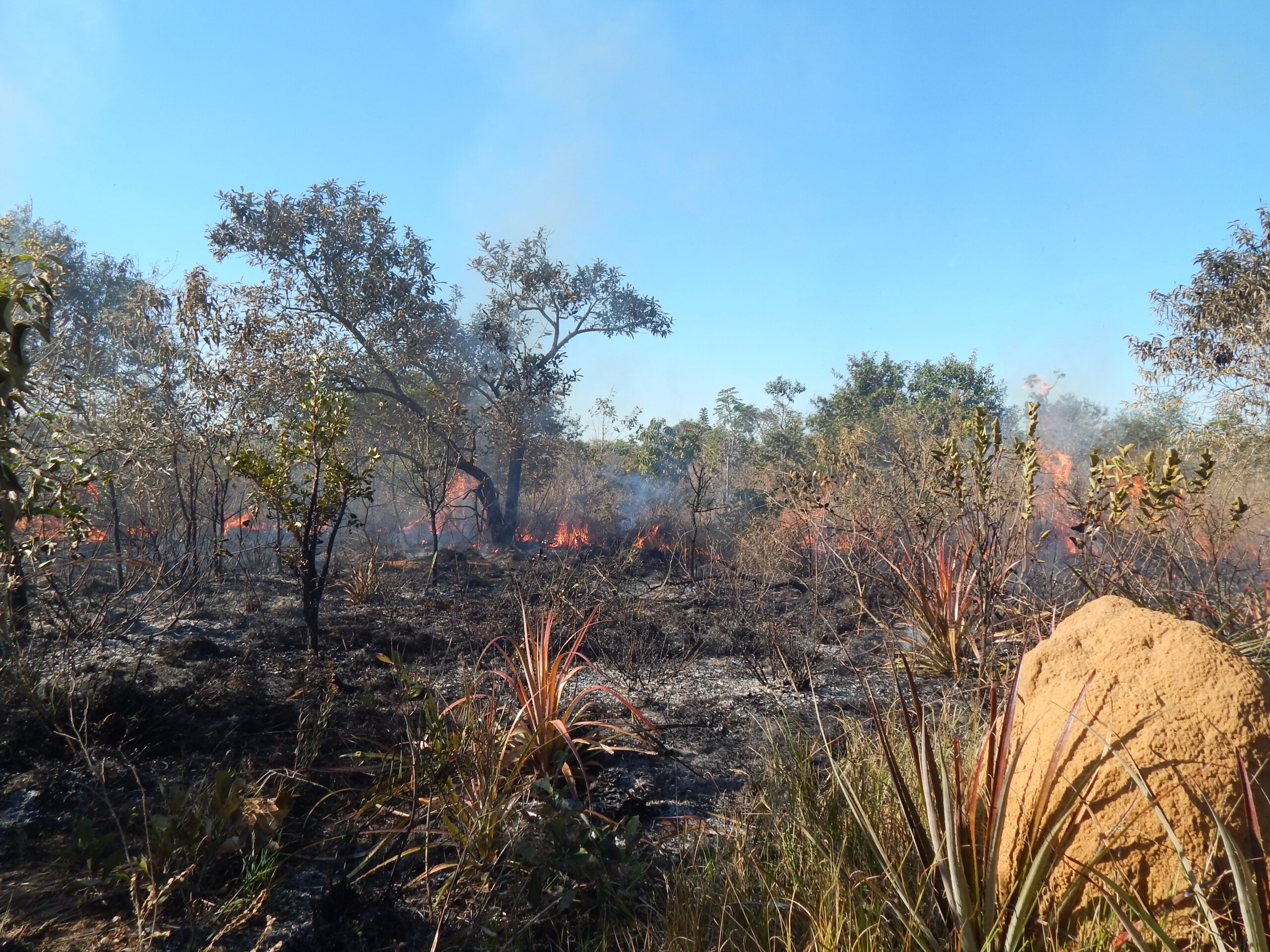
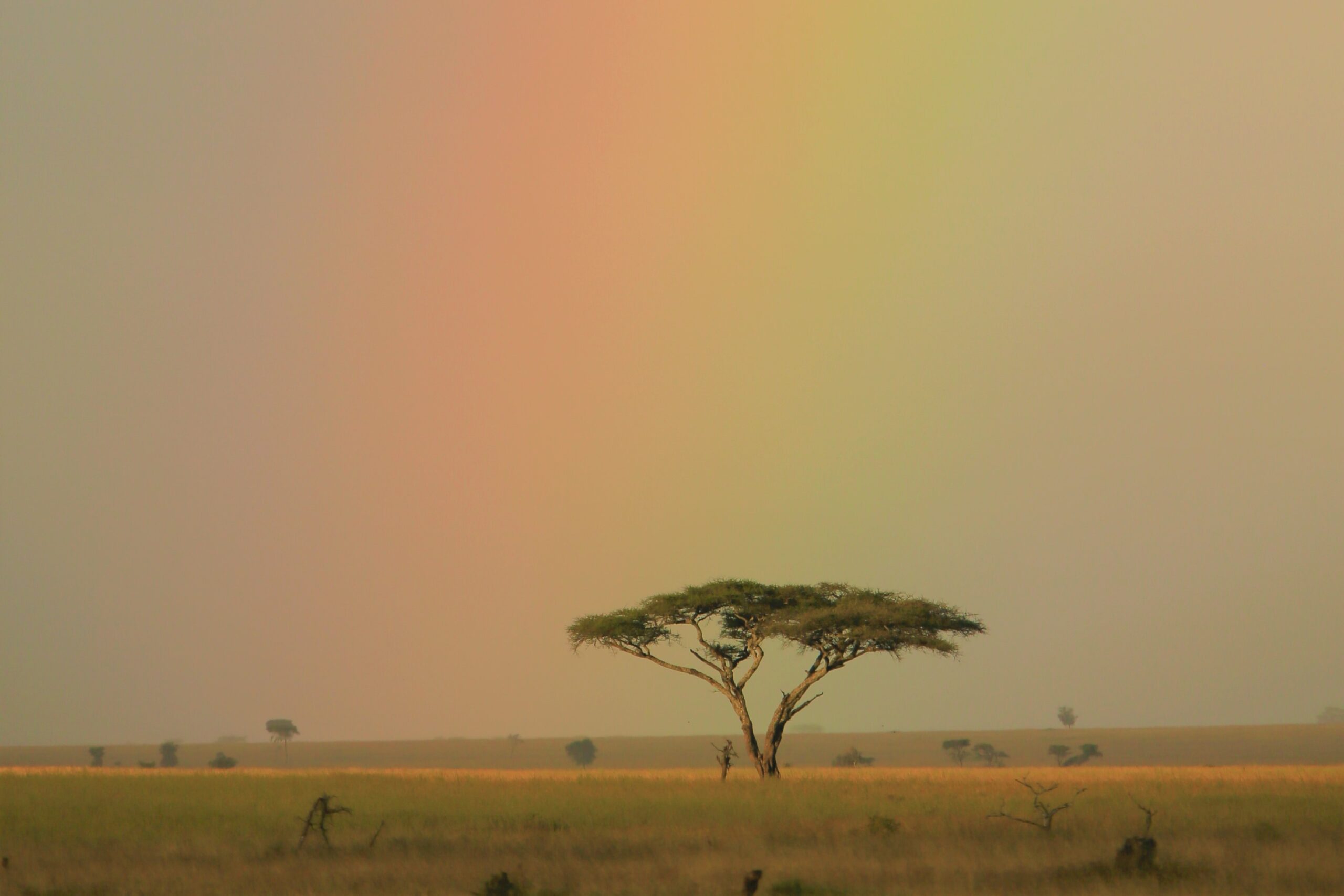
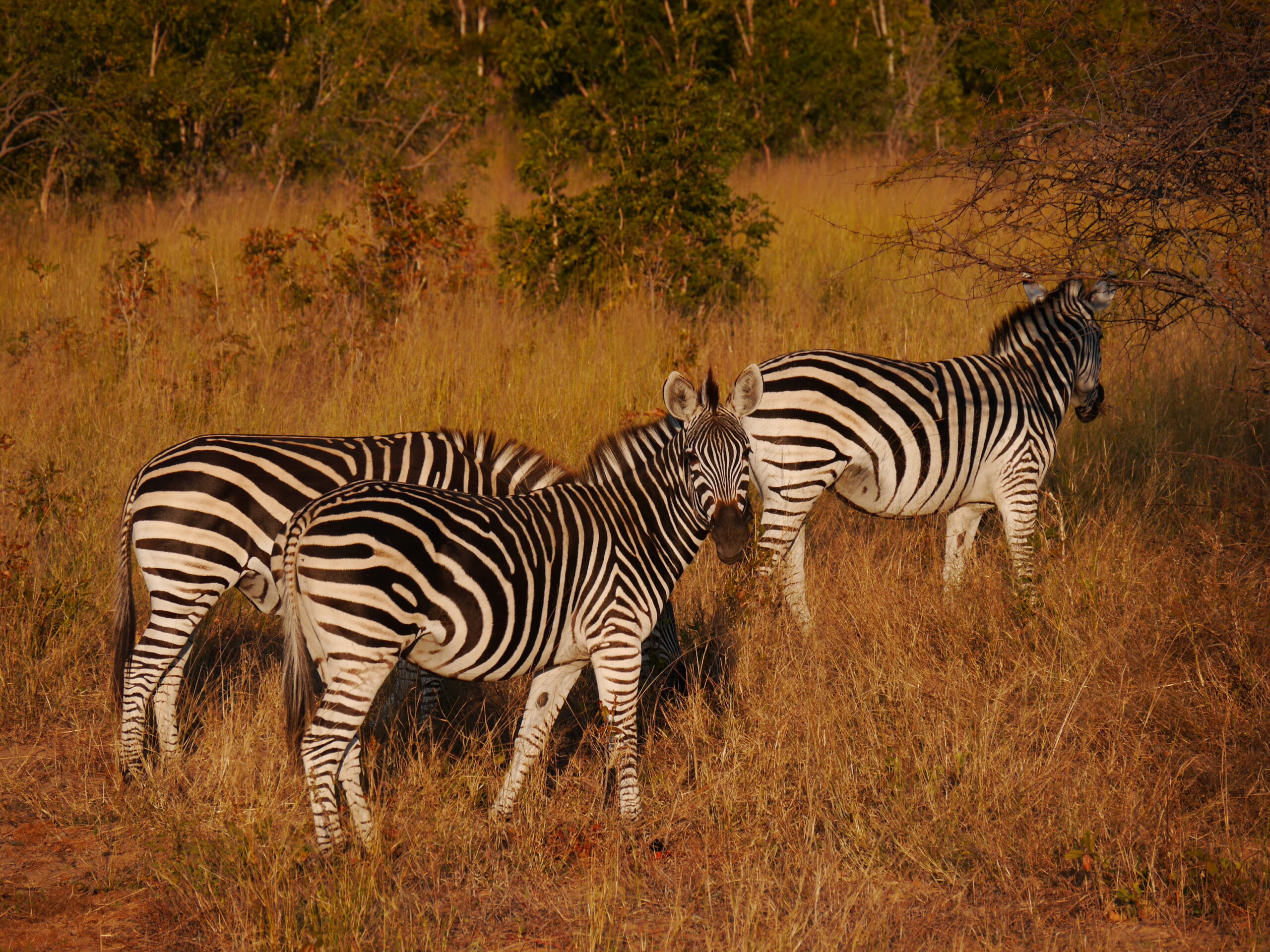
Why are open ecosystems important?
Not only are open ecosystems valuable for their distinctive and ‘old growth’ biodiversity, but also for their ecosystem services. Vegetation in open ecosystems makes essential contributions to regulating our earth system, the climate, and environmental risks, such as by maintaining water quantity and quality, storing carbon below-ground and above-ground, and providing food and fuel resources.
Society has deep cultural and economic associations with open ecosystems, which have been of immeasurable value to sustaining livelihoods throughout history. Humans first evolved in the grasslands and savannas of Africa, and Indigenous peoples across the world have helped shape the ecosystems over thousands of years through the manipulation of fire and animals. Communities across all continents have socio-cultural links to open ecosystems, from the Cerrado of South America, oak savannas of North America and the Steppes of Eurasia, to the expanses across the African and Australian continents.
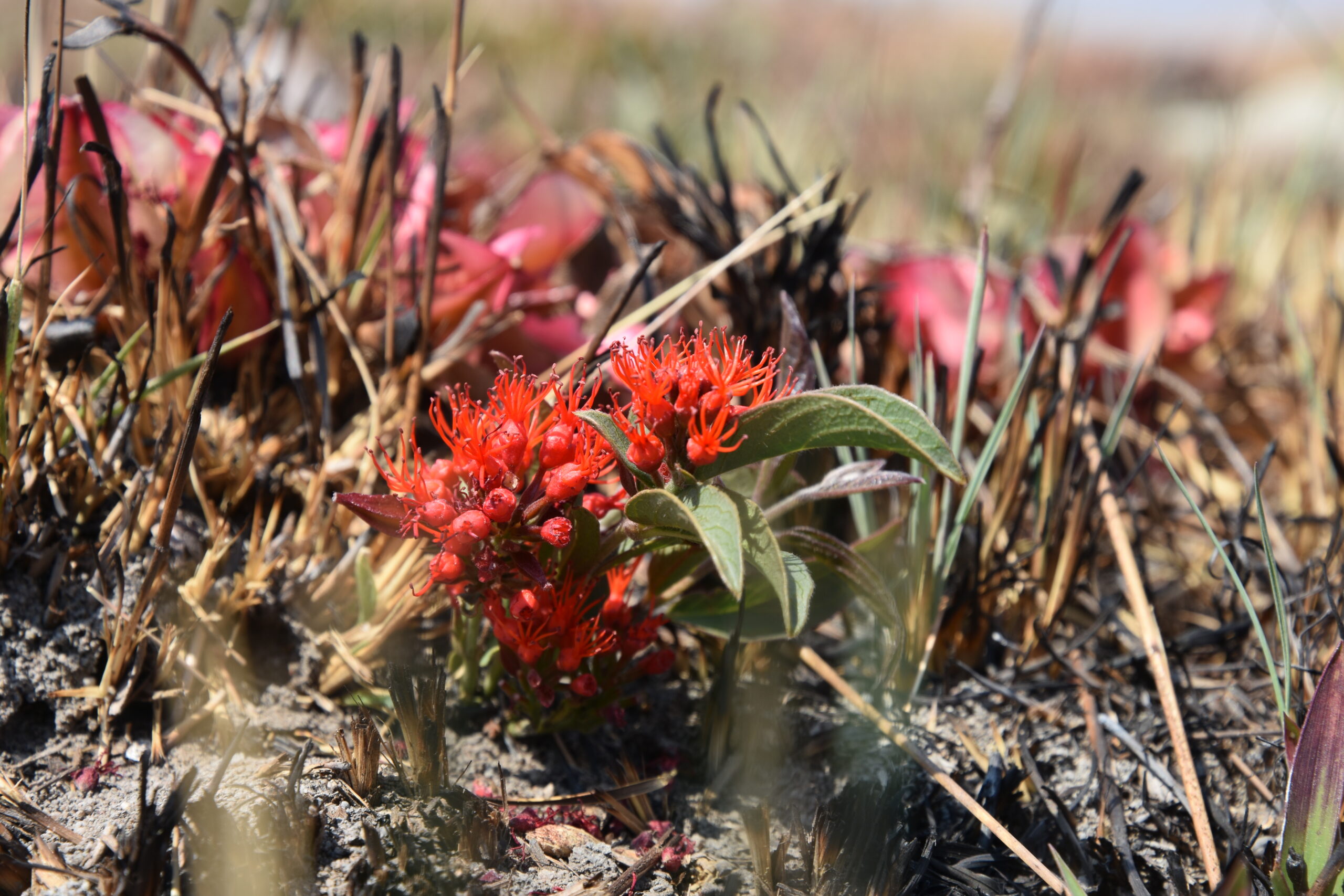
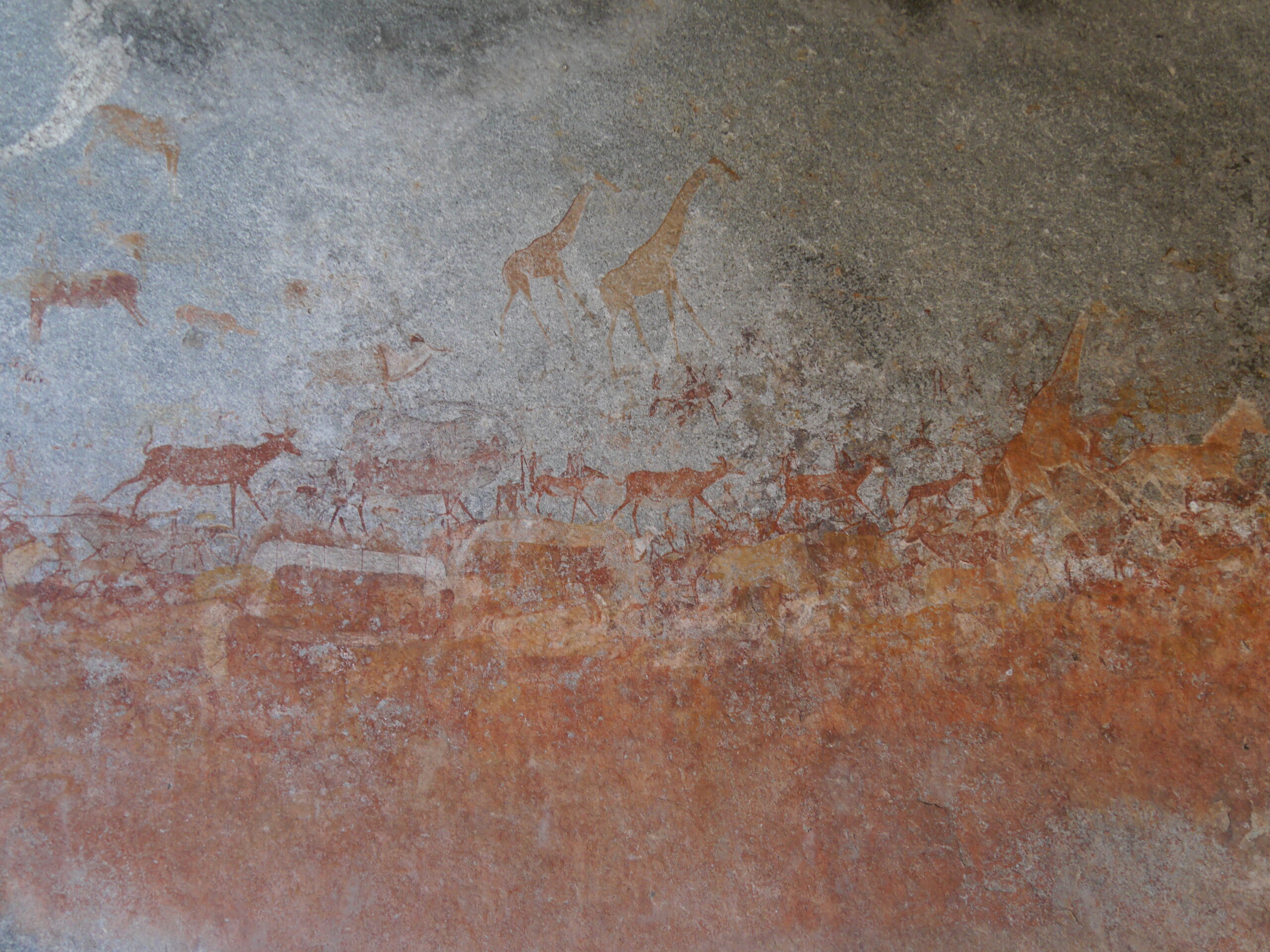

How are open ecosystems threatened?
Alongside increasing pressures of land conversion, open ecosystems suffer disproportionately from the prevailing Eurocentric and forest-centric perspective on how vegetation assemblages and dynamics are understood. As a result of this outlook and without dense tree cover, many open ecosystems are considered to be ‘degraded’ vegetation as a product of anthropogenic actions. Deemed less worthy of conservation or restoration to their natural open state, the majority of contemporary ecosystem restoration actions worldwide focus on the addition of trees. However, in grasslands and savannas, this does not support ecology nor people. Rather, restoration of open ecosystems often depends on upholding features and processes essential to ecosystem assembly, functioning and provisioning – such as the presence of fire and animals.
